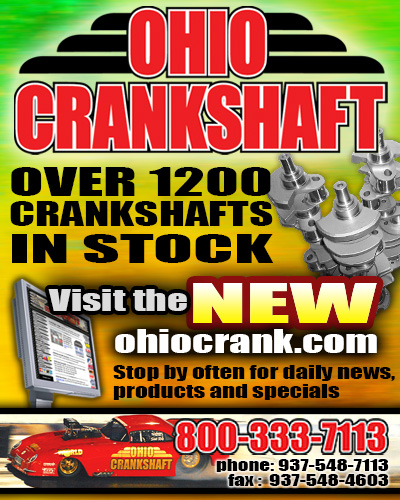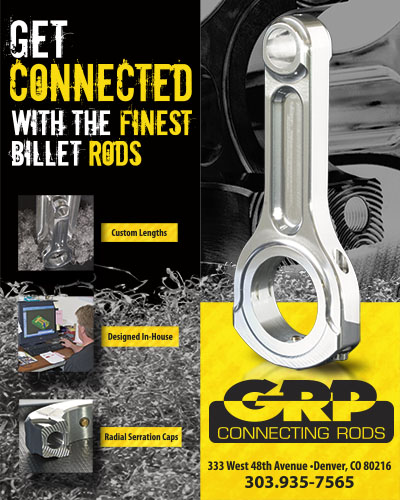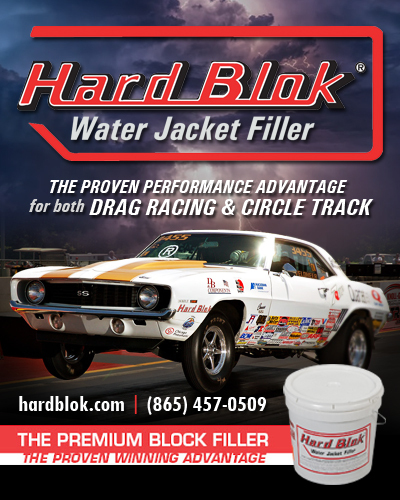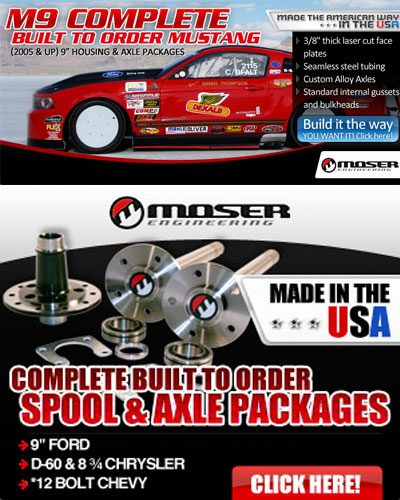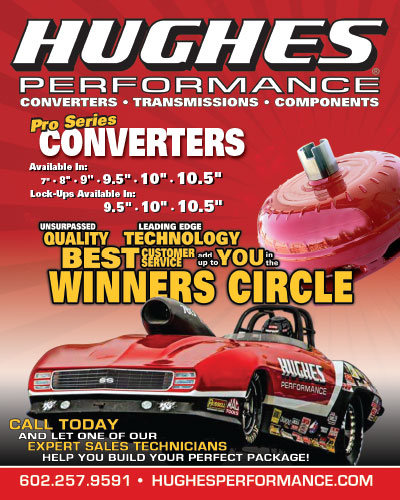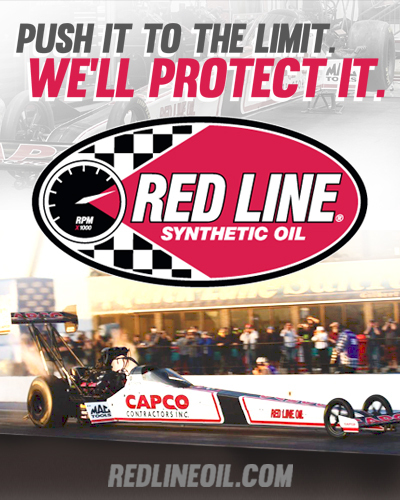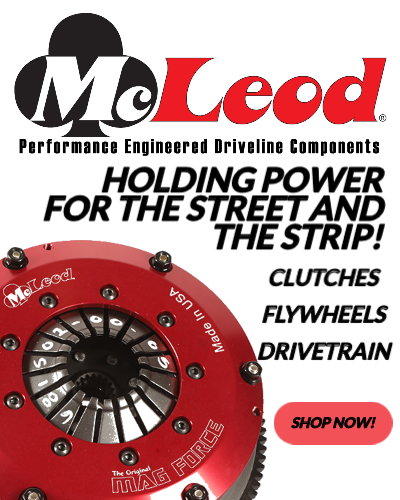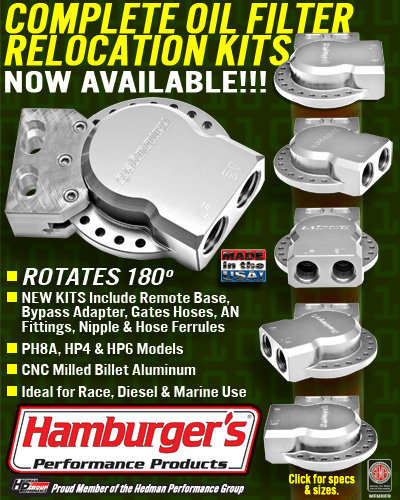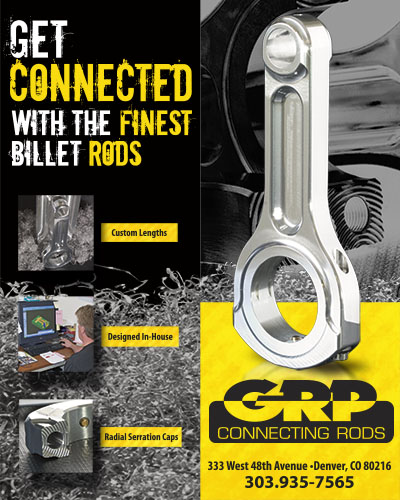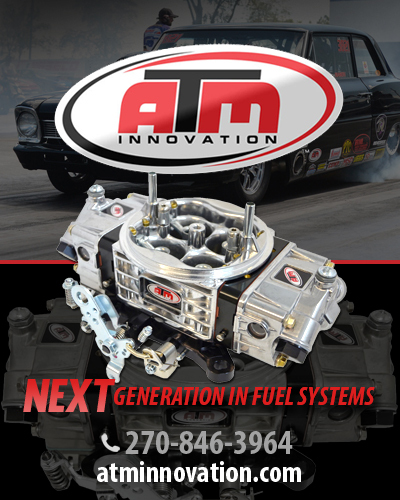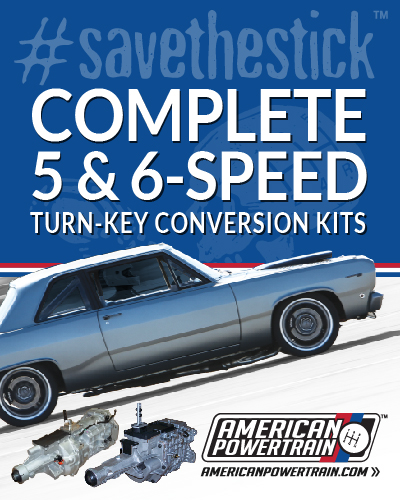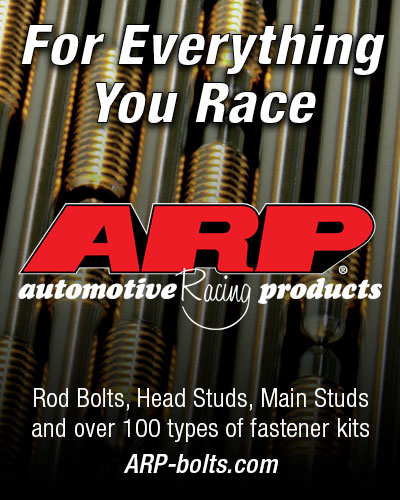GUEST EDITORIAL FROM DART - BEWARE OF COPIES OFF-SHORE AND DOMESTIC
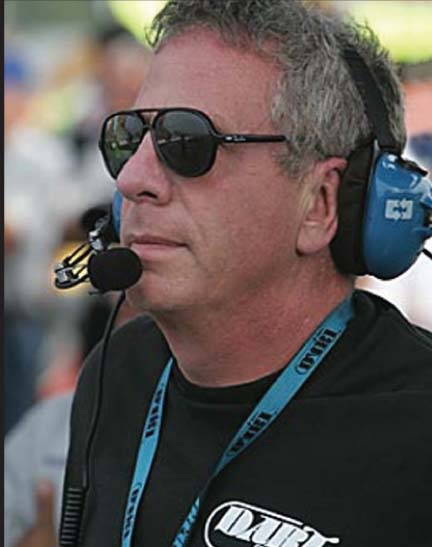 Cylinder head suppliers, many of them copiers, are fighting over you. Copies are almost always cheaper. But the originals are constantly evolving—always on the cutting edge while the copies have to wait. Here is what some of our industry leaders have to say.
Cylinder head suppliers, many of them copiers, are fighting over you. Copies are almost always cheaper. But the originals are constantly evolving—always on the cutting edge while the copies have to wait. Here is what some of our industry leaders have to say.
“Back in 1970,” says David Reher “we anxiously awaited the latest port-flowed cylinder heads to be released by the Detroit car makers. Today the CNC-machining center has transformed the machining process and revolutionized the production of racing parts.”
But as Reher, co-founder of Reher-Morrison Racing Engines, suggested during his recent PRI presentation in Indianapolis, it is easy to be beguiled by gleaming, perfect-looking CNC components. “If the parts are produced by people who understand racing engines the results can be spectacular.” However, judging by some of the parts he saw at the PRI show, he concluded that merit was sadly lacking. “Their allure proved nothing more than the machining feed rate and tool speed was correct: pretty parts with impressive air-flow numbers caught the eye but most were without substance. If you are unsure of the proper throat size, the optimum short turn radius and a dozen other crucial characteristics then you are just making chips. Some copies are adequate but most have obvious flaws. It’s always advisable to go with an original like Dart.”

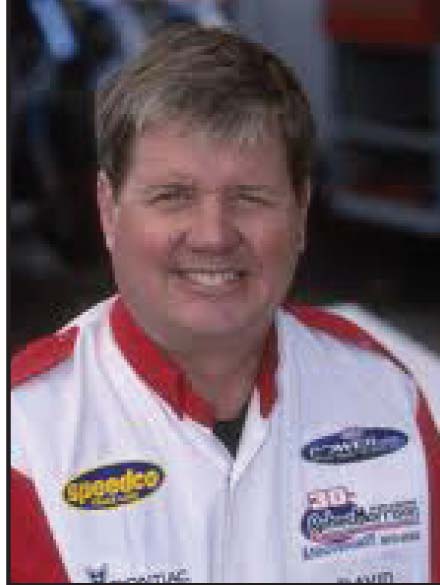 Cylinder head suppliers, many of them copiers, are fighting over you. Copies are almost always cheaper. But the originals are constantly evolving—always on the cutting edge while the copies have to wait. Here is what some of our industry leaders have to say.
Cylinder head suppliers, many of them copiers, are fighting over you. Copies are almost always cheaper. But the originals are constantly evolving—always on the cutting edge while the copies have to wait. Here is what some of our industry leaders have to say.
“Back in 1970,” says David Reher “we anxiously awaited the latest port-flowed cylinder heads to be released by the Detroit car makers. Today the CNC-machining center has transformed the machining process and revolutionized the production of racing parts.”
But as Reher, co-founder of Reher-Morrison Racing Engines, suggested during his recent PRI presentation in Indianapolis, it is easy to be beguiled by gleaming, perfect-looking CNC components. “If the parts are produced by people who understand racing engines the results can be spectacular.” However, judging by some of the parts he saw at the PRI show, he concluded that merit was sadly lacking. “Their allure proved nothing more than the machining feed rate and tool speed was correct: pretty parts with impressive air-flow numbers caught the eye but most were without substance. If you are unsure of the proper throat size, the optimum short turn radius and a dozen other crucial characteristics then you are just making chips. Some copies are adequate but most have obvious flaws. It’s always advisable to go with an original like Dart.”
The ambiguities of air flow numbers
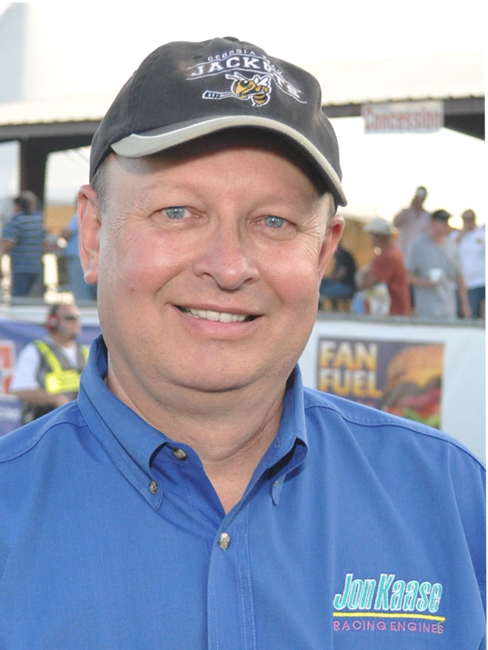 “The longer I’ve been building engines, dynoing engines and racing engines,” conceded Jon Kaase, “the less I think of air flow numbers. On a big cu in motor, for example, knowing the cfm is largely irrelevant. In my experience, you could select a number of heads all ported differently and all with the same air flow rates yet one could make 100hp more than the others.
“The longer I’ve been building engines, dynoing engines and racing engines,” conceded Jon Kaase, “the less I think of air flow numbers. On a big cu in motor, for example, knowing the cfm is largely irrelevant. In my experience, you could select a number of heads all ported differently and all with the same air flow rates yet one could make 100hp more than the others.
“Most head guys,” says Kaase, a five-time winner of the Engine Masters Challenge, “have a flow bench or a porting bench but they are not completing the process and have to rely on others for feed-back. Dart has been doing this specialized work for a long time, they know what they’re doing and they have a proven, common sense approach.”
 Dart’s reputation soared in 1981 when they resolved exhaust port deficiencies in the hemi engines of Top Fuel and Funny Cars. In 1982 they transformed the after-market cylinder head business by introducing the first commercially available Pro Stock big-block head—the Dart Big Chief. During their time in NHRA Pro Stock racing, they won three national championships, 70 national events and were the first engine builder to win a championship for a customer.
Dart’s reputation soared in 1981 when they resolved exhaust port deficiencies in the hemi engines of Top Fuel and Funny Cars. In 1982 they transformed the after-market cylinder head business by introducing the first commercially available Pro Stock big-block head—the Dart Big Chief. During their time in NHRA Pro Stock racing, they won three national championships, 70 national events and were the first engine builder to win a championship for a customer.
“We get notes from strangers who thank us for dramatic improvements in power,” says Dart founder Dick Maskin. “We are not selling flow numbers. Instead we are selling performance, we are selling quality, and we are selling the best machining techniques we know. We will also say we are not always perfect, but we try hard and our development programs never stop. All our production cylinder heads are continually being upgraded: first the aluminum then the cast iron. Life is fuelled by learning.”






















